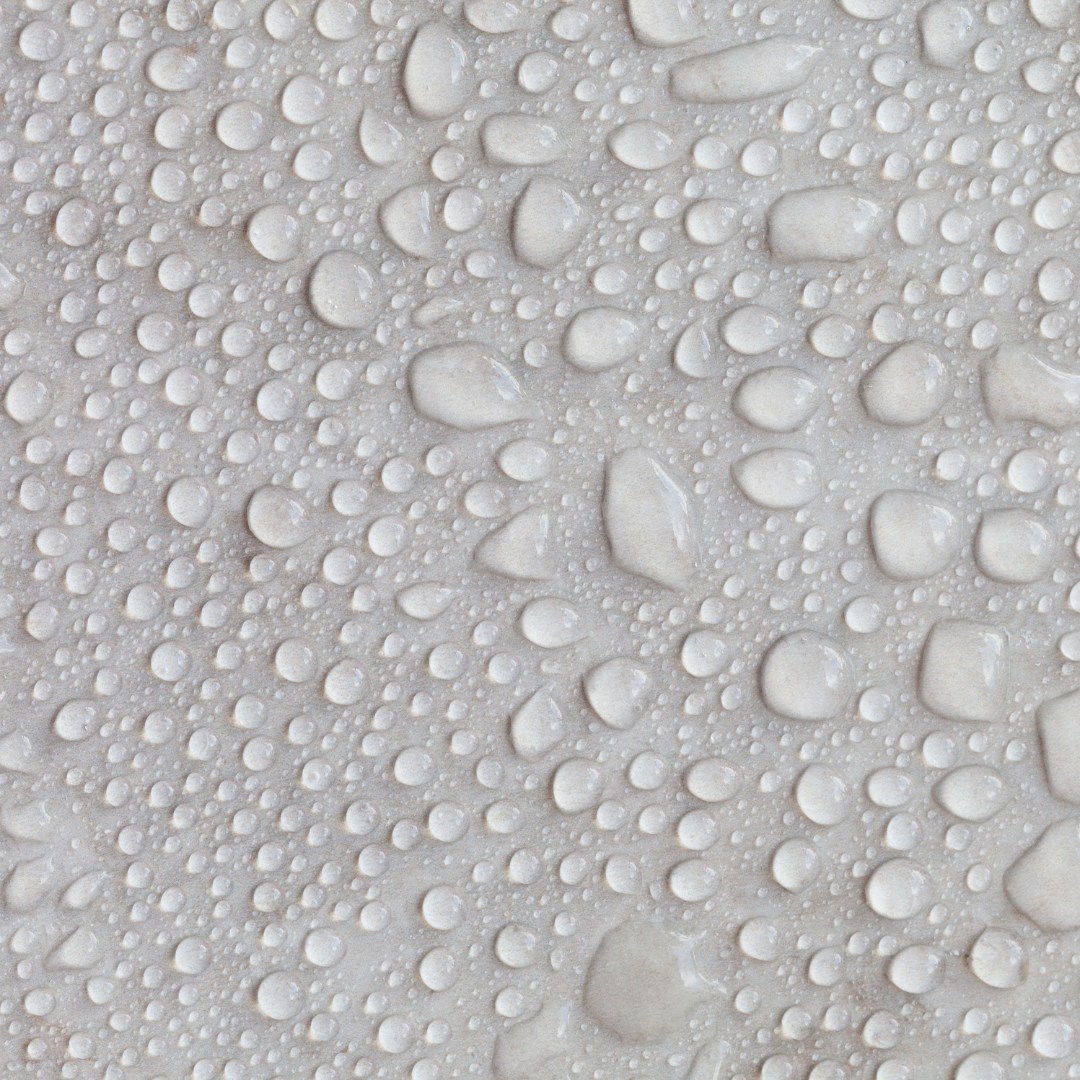Liquid waterproofing systems have become increasingly popular in construction due to their versatility, durability, and ease of application. However, ensuring their effectiveness relies heavily on proper installation techniques and attention to detail. In this blog post, we'll highlight common mistakes that contractors and applicators should avoid to achieve successful liquid waterproofing applications and maintain long-lasting protection against water ingress.
1. Inadequate Surface Preparation
One of the most critical steps in applying liquid waterproofing is thorough surface preparation. Failing to clean and prepare the substrate properly can lead to poor adhesion and compromised performance of the waterproofing membrane. Surfaces should be clean, dry, free of dust, debris, oil, and contaminants that could hinder adhesion.
We have instructions for each substrate on our product page.
2. Incorrect Application Thickness
Achieving the correct application thickness is crucial for the effectiveness of liquid waterproofing. Applying too thin a coat may result in inadequate coverage and compromised waterproofing properties. Conversely, applying too thick a coat can lead to uneven curing, longer drying times, and potential sagging or cracking of the membrane. It's recommended that each layer of SEMCO Works Liquid Membrane is applied at 0.75mm.
3. Improper Mixing and Application Techniques
Each liquid waterproofing product comes with specific mixing and application instructions that should be strictly followed. Improper mixing ratios or application techniques can affect the curing process and overall performance of the membrane. Applicators should use appropriate tools such as brushes, rollers, or sprayers as recommended by the manufacturer.
4. Overlooking Detailing and Sealing
Effective waterproofing depends on meticulous detailing around penetrations, joints, and transitions between different building materials. Neglecting these critical areas or applying insufficient material can create weak points where water infiltration may occur over time. Properly detailing and sealing these vulnerable spots ensures a continuous and robust waterproofing barrier.
5. Ignoring Weather Conditions
Weather conditions during application can significantly impact the curing and bonding of liquid waterproofing membranes. Extreme temperatures, humidity levels, or precipitation can affect adhesion and curing times. Contractors should adhere to manufacturer recommendations regarding suitable weather conditions for application and ensure adequate protection during the curing process.
6. Skipping Quality Assurance and Testing
Before declaring a liquid waterproofing job complete, it's essential to conduct thorough quality assurance checks and testing. This includes inspecting the applied membrane for uniform coverage, checking for any missed spots or inconsistencies, and performing adhesion tests where necessary. Identifying and addressing potential issues early can prevent future water ingress problems.
7. Poor Maintenance and Inspection Practices
Once liquid waterproofing is applied, ongoing maintenance and periodic inspections are crucial for ensuring its long-term effectiveness. Ignoring routine maintenance or failing to address minor damage promptly can compromise the integrity of the waterproofing system and lead to costly repairs or replacements down the line.
Avoid these mistakes and you'll have waterproofing that lasts.
Avoiding these common mistakes when applying liquid waterproofing is essential for achieving reliable and durable protection against water infiltration. By prioritising proper surface preparation, following manufacturer guidelines for application, detailing and sealing vulnerable areas, and conducting thorough quality assurance checks, contractors and applicators can enhance the performance and longevity of liquid waterproofing systems. Investing time and attention to detail during the installation process ultimately pays off in maintaining the integrity and value of buildings for years to come.

